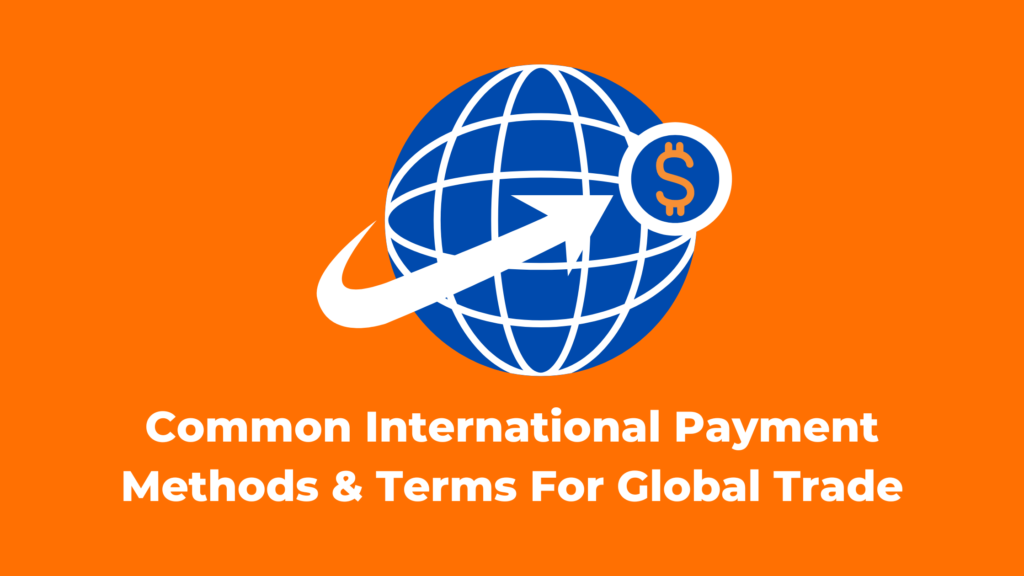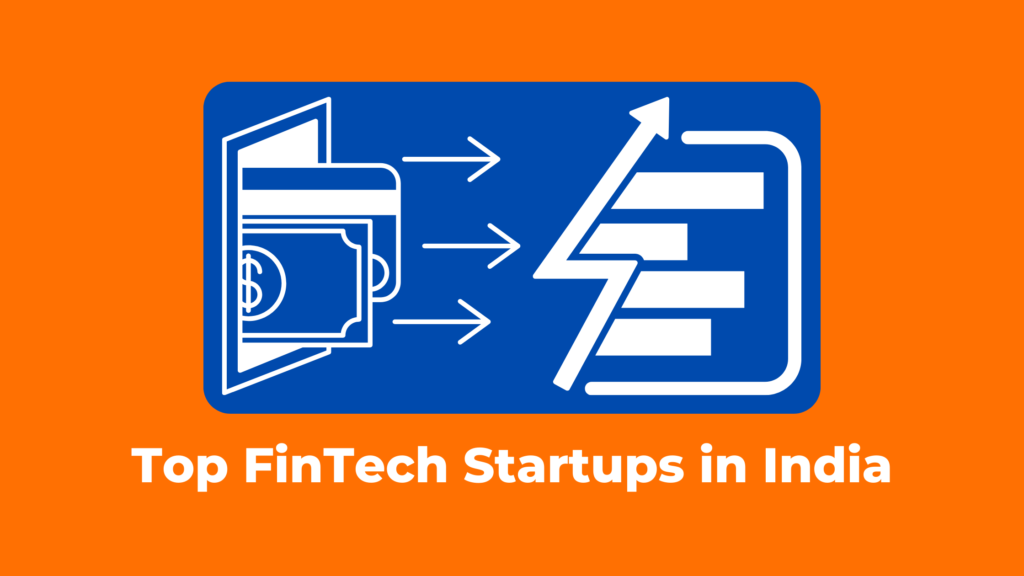Global trade can be a complex process, especially when it comes to financing. There are a number of different global trade exchange platforms available to companies engaged in global trade exchange. The type of payment you will use is one of the most crucial variables to take into account when selecting a financing plan. With the right payment methods, a business can ensure smooth and secure transactions with its international customers. In this blog article, we’ll look at different payment methods and explore how they can be used effectively in global trade finance.
As global trade continues to grow and evolve, it is important for businesses to have a solid understanding of the various international payment methods and terms that are commonly used. This knowledge can help ensure smooth transactions, prevent misunderstandings, and ultimately lead to successful business relationships. In this article, we will explore some of the most common international payment methods and terms used in global trade.
Different payment methods in Global Export Trade Finance
Different payment methods are available in global trade finances, and each has its own advantages and disadvantages. The most common methods are listed below:
Cash in advance
In trade export finance, there are various payment methods that can be used to facilitate the smooth flow of funds and ultimately protect the interests of both the buyer and the seller. One such payment method is cash in advance. In a cash-in-advance contract, the buyer pays in full before the products or services are delivered. This type of arrangement is typically used when there is a high degree of risk involved, such as when dealing with new suppliers or when shipping to new markets. By paying for the goods in advance, the buyer minimizes their risk by ensuring that they will receive the goods they have paid for. Overall, cash in advance is a high-risk payment method that should only be used when absolutely necessary. If you do choose to use this method, make sure that you work with a reputable supplier who you can trust to deliver on their promises.
Documentary collection
Documentary collections are an effective payment method in global export trade finance. They are a type of short-term financing that allows businesses to finance the purchase of goods and services from suppliers in other countries. In a documentary collection, the vendor ships the products and then gives their bank the relevant shipping and payment records. The buyer’s bank then receives these documents from the bank and releases them to the buyer following payment. While this method offers less protection than letters of credit, it can be less expensive and more flexible. Documentary collections are a risk-mitigation tool for buyers and sellers. They allow the buyer to defer payment until the goods have been received, while also providing protection for the seller in case the buyer defaults on payment. Documentary collections can help reduce the cost of financing by eliminating the need for letters of credit.
Open account
When you are ready to start trading internationally, you will need to open a bank account that supports global trade. This account will give you the ability to process payments in multiple currencies and make international wire transfers. You will also be able to access financing options through your trade bank account, which can be used to fund your export business.
There are a few things to consider when choosing a bank for your global trade business.
- First, you need to make sure that the bank offers the type of account that you need.
- Second, you need to check that the bank has experience in handling international transactions and can provide the necessary support for your business.
- Finally, you should compare fees and exchange rates between different banks to ensure that you are getting the best deal possible.
Letter of credit
A letter of credit is a document that a bank issues to a seller, guaranteeing payment for goods or services supplied. The buyer provides the bank with a letter of the credit application and pays the required fees. The bank then reviews the application and supporting documents to ensure that all requirements are met. If everything is in order, the bank approves the letter of credit and notifies the seller. The seller can then ship the goods or provide the services knowing that they will be paid as long as they meet all the requirements specified in the letter of credit. Once the goods or services have been delivered, the seller presents the required documentation to the bank. The bank then verifies that everything is in order and pays the seller.
International Payment Terms
There are different International Payment Terms associated with global trade finances. Some of the payment terms are listed below:
Ex-Works (EXW)
Ex-Works is a term used to describe a transaction where the seller makes the goods available at their premises. The buyer is responsible for all transportation costs and assumes all risk once the goods leave the seller’s premises.
Free on Board (FOB)
Free on Board is a term used to describe a transaction where the seller is responsible for delivering the goods to the port of shipment. Once the goods are loaded onto the ship, the buyer assumes all risk and responsibility.
Cost and Freight (CFR)
Cost and Freight is a term used to describe a transaction where the seller is responsible for delivering the goods to the port of shipment and paying the cost of freight to the destination port. The buyer assumes all risk and responsibility once the goods are loaded onto the ship.
Cost, Insurance, and Freight (CIF)
Cost, Insurance, and Freight is a term used to describe a transaction where the seller is responsible for delivering the goods to the port of shipment, paying the cost of freight to the destination port, and purchasing insurance to cover the goods during transport. The buyer assumes all risk and responsibility once the goods are loaded onto the ship.
Conclusion
Global financing companies in India offer a range of financing solutions that can be tailored to meet the needs of exporters and importers. Understanding international payment methods and terms is essential for businesses engaging in global trade. By selecting the right payment method and term, businesses can mitigate risk and ensure smooth transactions.
Cash in advance, letters of credit, documentary collections, and open accounts are the most common international payment methods. Ex-Works, Free on Board, Cost and Freight, and Cost, Insurance, and Freight are the most common international payment terms. The payment methods discussed above are just a few of the most common ones used in international trade. Each has its own advantages and disadvantages, so it is important to make sure that you choose the method that best suits your business needs. Doing this will ensure that transactions run smoothly and efficiently, helping you to keep costs low and maximize profits when trading internationally.
By understanding the different payment methods available, you can be confident in choosing which one is right for your organization’s global trade finance transaction.

Pardeep is the founder and editor of Small Investment Ideas. He believes that everyone can change their life with the help of small investments and achieve financial freedom.


